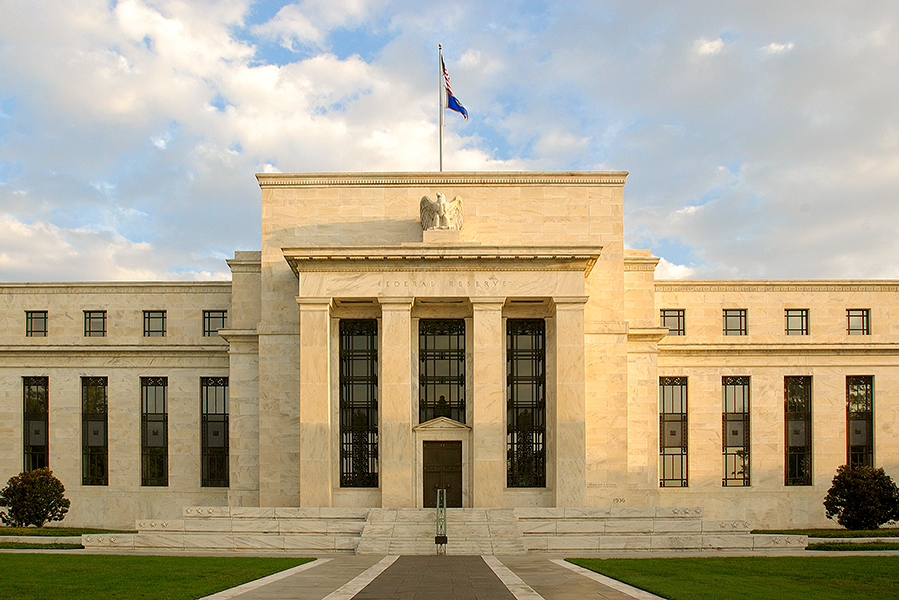.png)
March 20, 2025 at 12:49 AM IST
The Federal Open Market Committee (FOMC) voted to keep the benchmark interest rate unchanged for the second consecutive meeting. The decision reflects growing economic uncertainty as inflation remains somewhat elevated, while growth projections for 2025 have been revised downward. Federal Reserve Chair Jerome Powell's subsequent press conference reinforced the central bank's cautious stance, emphasising the Fed's readiness to react to incoming data while acknowledging risks posed by recent economic and policy developments.
The Fed maintained its target range for the federal funds rate at 4.25% to 4.50%, citing a mix of solid economic activity and heightened uncertainties. The labor market remains strong, with unemployment stabilizing at 4.1%, yet inflation continues to hover above the Fed’s 2% target.
Notably, the FOMC also announced a slowdown in its balance sheet runoff, reducing the monthly cap on Treasury securities redemptions from $25 billion to $5 billion beginning April 1st. The Fed's revised economic projections indicate a marked slowdown in GDP growth, with the median forecast for 2025 now at 1.7%, down from earlier estimate of 2.1%. Inflation expectations for 2025 have been adjusted upward, with core Personal Consumption Expenditures (PCE) inflation projected at 2.7% for the year.
While the Fed’s median projection still anticipates a total of 50 basis points in rate cuts by 2025, Powell underscored that any easing will be data-dependent, emphasizing the central bank's commitment to achieving its dual mandate of price stability and maximum employment.
During his press conference, Chair Powell struck a balanced tone, noting both encouraging and concerning economic indicators. He reiterated that the Fed is in a favorable position to respond to evolving conditions, stressing that future rate adjustments will be contingent on economic performance.
One of the more pressing topics addressed was the impact of tariffs on inflation. Powell acknowledged that higher tariffs have contributed to near-term inflationary pressures, influencing market expectations. He highlighted that while some inflation expectations have risen due to trade policy uncertainties, longer-term expectations remain anchored near the Fed's 2% target.
Additionally, Powell acknowledged the increased likelihood of a mild economic downturn, as outside forecasters have raised their recession probabilities. However, he noted that projections of weaker growth and higher inflation effectively balance each other out, reinforcing the need for a cautious policy approach. Powell reiterated that the Fed is prepared to maintain higher interest rates for longer should inflation fail to trend sustainably toward the 2% target.
For emerging market central banks, the Fed’s policy trajectory suggests a cautious easing. The Fed’s decision to hold rates steady and delay rate cuts may not have direct implications for the Reserve Bank of India. But, a prolonged period of high US interest rates may exert pressure on the Indian rupee, increasing the cost of imports and leading to inflationary concerns. This could limit the RBI’s ability to cut interest rates aggressively in the near term, even if domestic inflation moderates.
Additionally, capital outflows from emerging markets, including India, could intensify if US yields remain attractive. The central bank will need to balance domestic growth considerations with external financial stability risks, making its future monetary policy decisions highly data-driven.




